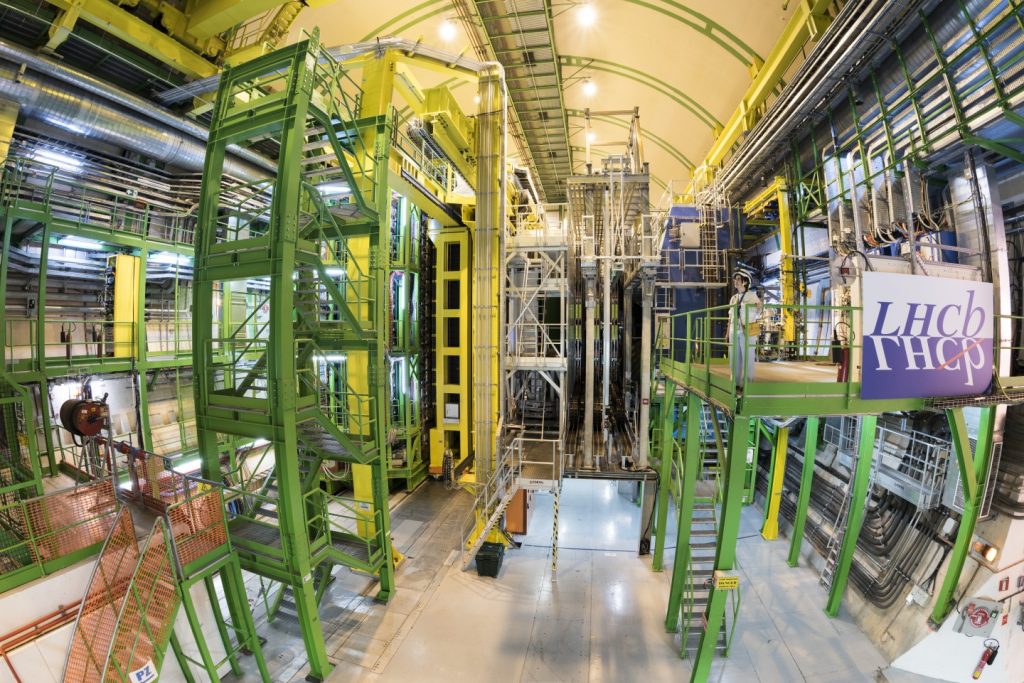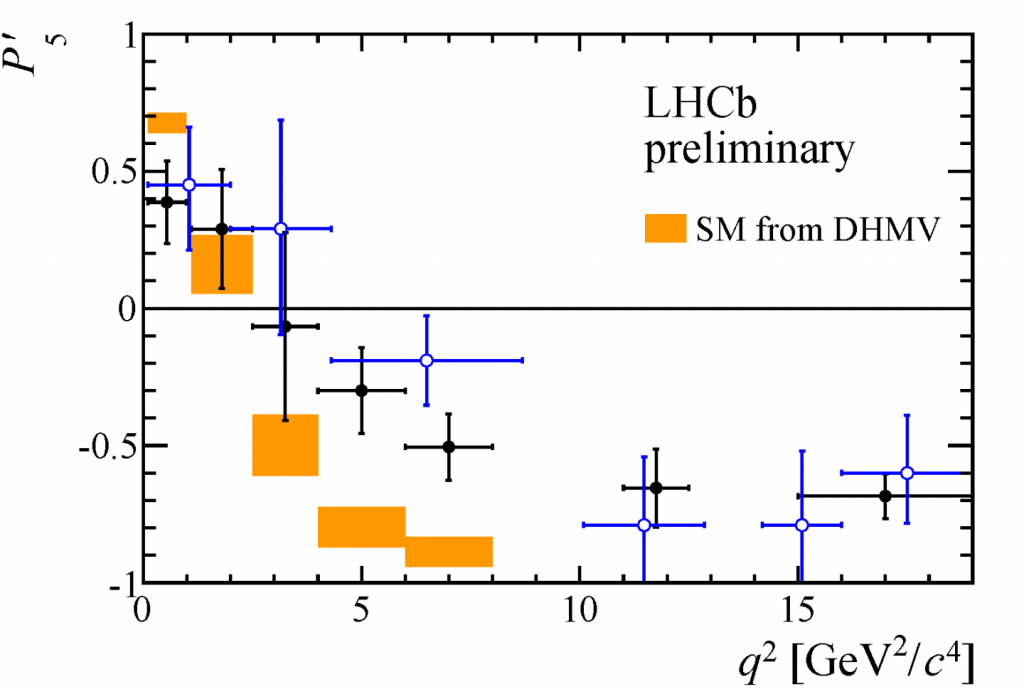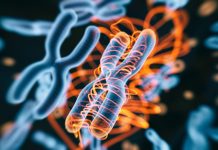A theory-defying anomaly has persisted in the latest results from a Large Hadron Collider experiment.
The new analysis continues to find tension with the Standard Model, but more data are needed to identify its mysterious cause.

“This is a very exciting time to be doing what we call flavour physics.
“Here and in other related analyses, we keep seeing moderate tensions with the Standard Model.
“We still don’t know how this mystery will turn out – nothing has yet reached the level of solid proof – but we’re very much looking forward to the next round of results using the full LHCb data, which will roughly double the number of events again,” said Mat Charles, LHCb’s Physics Coordinator.
New LHCb Analysis
At a seminar on March 10 at CERN, LHCb scientists presented a new analysis of data from a specific decay of the particle called B0 meson, which shows some tension with the Standard Model of particle physics.
This new analysis is based on more than double observed B0 transformations as previous LHCb analyses.
And results corroborate the tensions with the standard model from previous analyses. But more data are needed to identify its mysterious nature.
The Mysterious Decay
The decay in question is very rare. The Standard Model predicts only one such decay for every million B0 decays.
It’s the decay of a B0 meson (made up of a bottom quark and a down quark), into a K* meson (made up of strange quark and down quark) and a pair of muons.
But extended theories of the Standard Model say:
- New unknown particles can also contribute to the decay, resulting in a change of the rate at which the decay should occur.
- New particles can affect the distribution of the angles of the B0 decay products with respect to the parent B0.
In the first study, the LHCb team analysed data from the first run of the Large Hadron Collider and found a deviation from Standard Model predictions in one parameter calculated from the angular distributions, technically known as P5‘, as shown in the image below:

In the new study, the LHCb team has added LHC data from the machine’s second run to their analysis and still sees a deviation from Standard Model calculations in P5‘ as well as other parameters.
But another round of analysis is needed to determine if this deviation is statistically significant or not. Then and only then, it will be possible to decide if this mysterious phenomenon is caused by a new particle or an unknown experimental or theoretical effect.
More CERN and physics news on Strange Sounds and Steve Quayle. [CERN, LHCb, Gizmodo]












